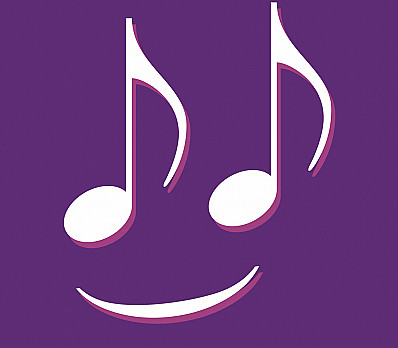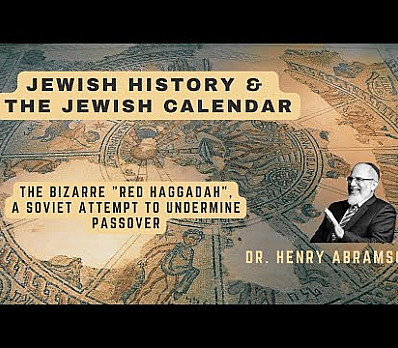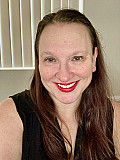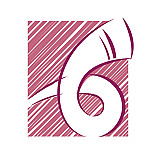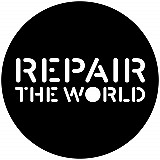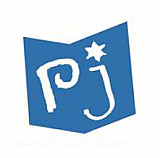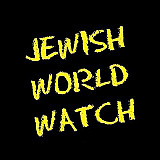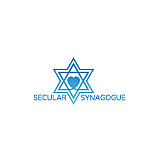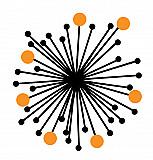A Fifth Question from Leo Ferguson
“Why on this night when we remember the oppression and resistance of Jews should we also think about the lives of people of color?” Because many Jews are people of color. Because racism is a Jewish issue. Because our liberation is connected.
White Ashkenazi Jews have a rich history but are only a part of the Jewish story. Mizrahi & Sephardi Jews; Yemeni Jews; Ethiopian Jews; Jews who trace their heritage to the Dominican Republic, to Cuba & Mexico; to Guyana & Trinidad; descendants of enslaved Africans whose ancestors converted or whose parents intermarried.
Jews of color are diverse, multihued and proud of it — proud of our Jewishness and proud of our Blackness. But though our lives are joyous and full, racism forces us down a narrow, treacherous path. On the one hand we experience the same oppression that afflicts all people of color in America — racism targets us, our family members, and our friends. On the other hand, the very community that we would turn to for belonging and solidarity — our Jewish community — often doesn’t acknowledge our experience.
Jews of color cannot choose to ignore the experiences of people of color everywhere, anymore than we would ignore our Jewishness. We must fully inhabit both communities and we need all Jews to stand with us, forcefully and actively opposing racism and police violence.
But in order to do so, we must pare our past trauma from our present truth: our history of oppression leaves many of us hyper-vigilant and overly preoccupied with safety. As Jews we share a history that is overburdened with tales of violent oppression. Though different Jewish communities have varying experiences, none of us have escaped painful legacies of persecution, including genocide. This past is real, and part of why we gather today is to remember it. But the past is past. However seductive harsh policing, surveillance and incarceration may be in the short term, it will never serve us in the end. Not when those tactics brutalize other communities, humiliating and incarcerating our neighbors and perpetuate a status quo that leaves low-income communities of color on the other side of a sea of fear — still trapped; still stranded. The only real way out of the Mitzrayim of our fears is solidarity. Only by forging deep connections and sharing struggle with other communities will we creating the lasting allies who will walk with us into the promised land of our collective liberation. That is true Jewish freedom — true and lasting safety.
They cried to Moses, “What have you done to us, taking us out of Egypt ... it is better to serve the Egyptians than to die in the wilderness” (14:11-12).
When Moses led the Jews out of Egypt, it was a moment of great risk and great change. As the passage above shows us, though life under Pharaoh was cruel and crushing, it was also familiar — a known fear. After a century of servitude, freedom. What changed? It was the Jewish people daring to imagine for themselves something greater. Daring to take great risks and face great fears to find liberation. This willingness to stand up for justice is a strength we have found again and again. When the oppression of economic exploitation demanded it, our grandparents found it in the labor movement; when the civil rights movement demanded it, our parents traveled to the South to register voters. Now this moment demands again that we take risks for justice.
What our neighbors in communities of color are asking — what the Jews of color in our own communities need from their fellow Jews — is that we push past the comfortable and move to action. In the streets, in our synagogues and homes, with our voices, our bodies, our money and resources, with our imaginations. In doing so we must center the voices and the leadership of Jews of color and other communities of color, while forming deep partnerships and long-term commitments to fight for lasting change. Passover is a time of remembrance but also one of renewal — of looking ahead toward the spring and new growth that will sustain us through the seasons to come.
Once we spent spring in the desert. It was harsh and difficult but from that journey grew a people who have endured for centuries. What would happen if we took that journey again, not alone in the wilderness but surrounded by friends and allies, leaving no one behind? ◆
Inspired to create
your own Haggadah?
Make your own Haggadah and share with other Seder lovers around the world
Have an idea
for a clip?
People like you bring their creativity to Haggadot.com when they share their ideas in a clip
Support Us
with your donation
Help us build moments of meaning and connection through
home-based Jewish rituals.
OUR TOP CONTRIBUTORS
Passover Guide
Hosting your first Passover Seder? Not sure what food to serve? Curious to
know more about the holiday? Explore our Passover 101 Guide for answers
to all of your questions.

